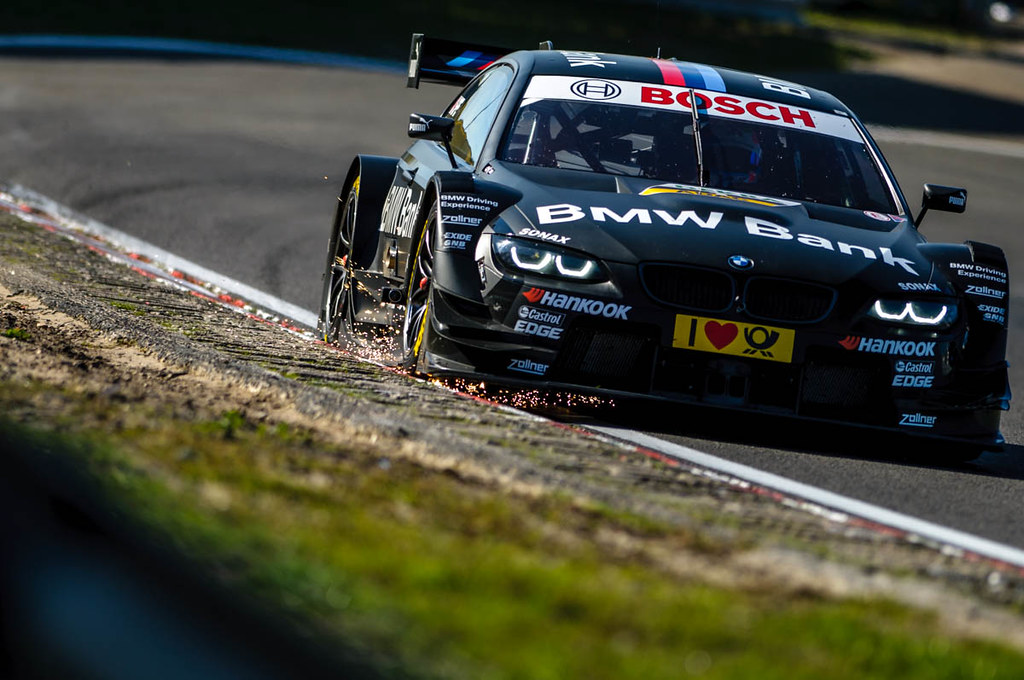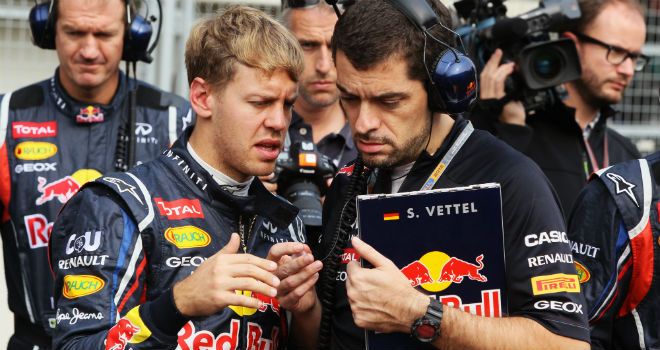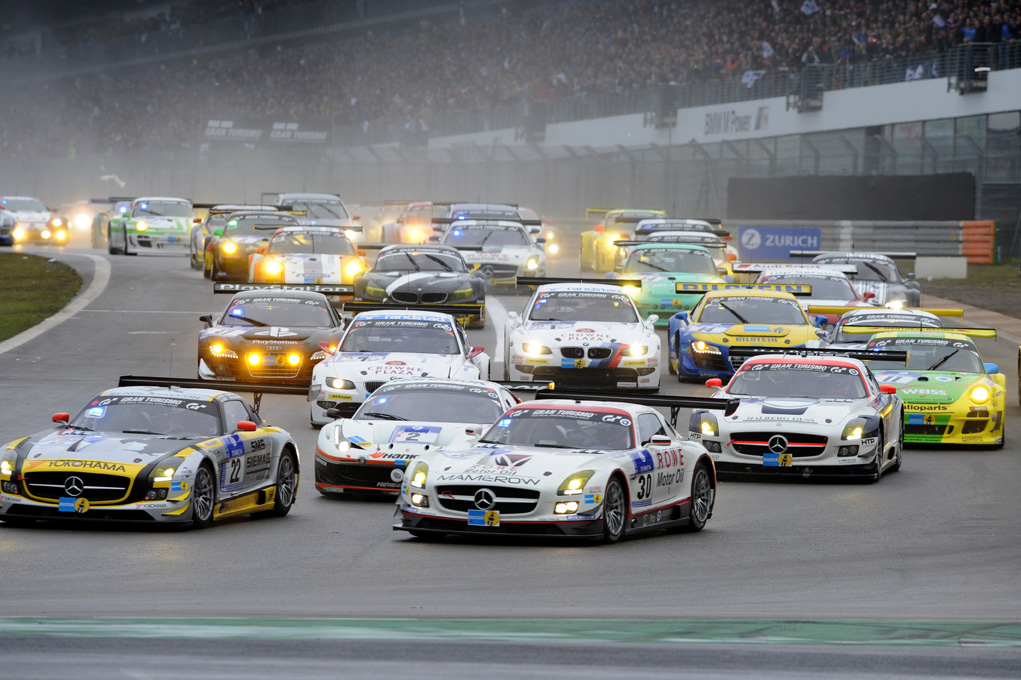You know driver coach.Ross Bentley from his Speed Secrets series of books, perhaps you subscribe to his great Speed Secrets Weekly newsletter or shared his Instructor Manifesto.
Maybe you've read the many How to Drive Faster articles he has written for Axis, Ross always has thought provoking tips on practicing the sport we love, better.
Ross' latest is about the ever more popular endurance format. "Endurance Racing: from Lemons to Le Mans" is a downloadable e-book available free of charge.
Below is the introduction. to download the complete book, follow this link
There’s something magical about endurance racing... driving long stints and the rhythm you get into, passing and being passed, night driving, adapting to changing conditions, dealing with problems, strategy and teamwork, and finding the perfect compromise of seating and handling setups between drivers.
Watch Steve McQueen’s classic movie, Le Mans, or Audi’s documentary, Truth in 24, and you can’t help but get caught up in the romanticism of the marathon struggles at the legendary French race. But what about the Rolex 24 at Daytona, Sebring 12-Hour, or Petite Le Mans? Chumpcar World Series and LeMons? Thunderhill 25-Hour? Club enduros? All classics from the day they were born because of what they are, and the tremendous effort individuals and teams put into them.
Endurance racing is challenging, fun, physically and mentally demanding, and... well, sometimes frustrating!
Why frustrating? Because endurance racing can be painful. But like running a marathon, every little bit of pain is worth it. Of course, that’s what you often say about a month after an endurance race.
 Sometimes, you finish an endurance race, and immediately promise yourself (and anyone else who will listen) that you’ll never do it again because it was painful, challenging, tiring, and frustrating! And it’s because the reward doesn’t always seem to equal the demands. Often, the second an endurance race has been run, you can hear dozens of people swearing they’ll never do it again.
Sometimes, you finish an endurance race, and immediately promise yourself (and anyone else who will listen) that you’ll never do it again because it was painful, challenging, tiring, and frustrating! And it’s because the reward doesn’t always seem to equal the demands. Often, the second an endurance race has been run, you can hear dozens of people swearing they’ll never do it again. So, why does that decision change so often? Why do we go back to doing another endurance race, and then another, and then another? Mostly because our memories are flawed. It seems that about three weeks after you swear on a stack of bibles that you’ll never do another enduro again, you think to yourself, “Well, I probably will never do another one again. Okay, it could happen, but it’s unlikely.”
So, why does that decision change so often? Why do we go back to doing another endurance race, and then another, and then another? Mostly because our memories are flawed. It seems that about three weeks after you swear on a stack of bibles that you’ll never do another enduro again, you think to yourself, “Well, I probably will never do another one again. Okay, it could happen, but it’s unlikely.”Then, a couple of weeks later, when the pain and difficulty of your previous endurance race has faded from your memory, you publicly announce that you’re going to do that race again – and win it! It’s drawn you back into its web.
 And that’s how so many drivers and teams feel about endurance races. They’re addictive. They’re the ultimate motorsport challenge. It’s a love/hate relationship.
And that’s how so many drivers and teams feel about endurance races. They’re addictive. They’re the ultimate motorsport challenge. It’s a love/hate relationship.Endurance races can be just about any length, from a couple of hours to twenty- four and beyond. One way to define an endurance race is the requirement of more than one driver. I’ve written this guide with that definition in mind.
 This eBook started life as a simple bullet-pointed document full of thoughts, tips, and ideas about endurance racing for a team that I was coaching at the Daytona 24-Hour race. Since then, I’ve
This eBook started life as a simple bullet-pointed document full of thoughts, tips, and ideas about endurance racing for a team that I was coaching at the Daytona 24-Hour race. Since then, I’ve expanded it. While endurance races are long, my goal for this eBook is to make it short and to the point, kind of a sprint race format of information for endurance racers - just enough information to make you think, and to give you the key guidelines to improve your chances of being successful.
 Along with my tips and advice, I’ve added some personal stories, so you can learn from my experiences.
Along with my tips and advice, I’ve added some personal stories, so you can learn from my experiences.I realize that not everyone reading this will drive at Daytona or Le Mans. Many will be competing in club events or one of the “low-cost endurance” races (LeMons, Chumpcar, American Endurance Racing, World Racing League, etc.). I’ve competed in almost all levels and types of endurance races, and I’ve noticed that the approach, the preparation, and how you actually drive in them is very similar. I think you’ll find most of what I’ve written will apply to whatever form of endurance race you’re competing in.
Photos: BMW AG, Porsche, Audi, Bentley, Nissan and Aston Martin Press.



























.jpg)











